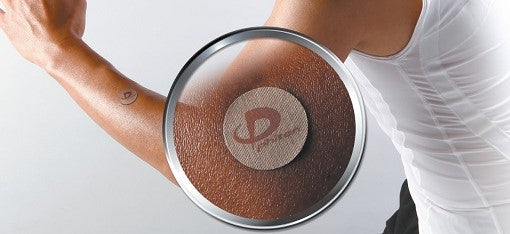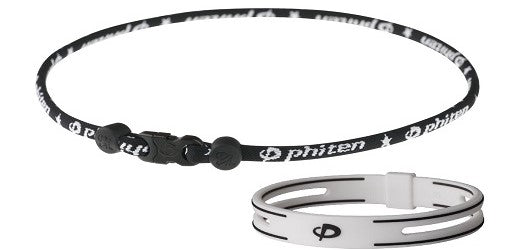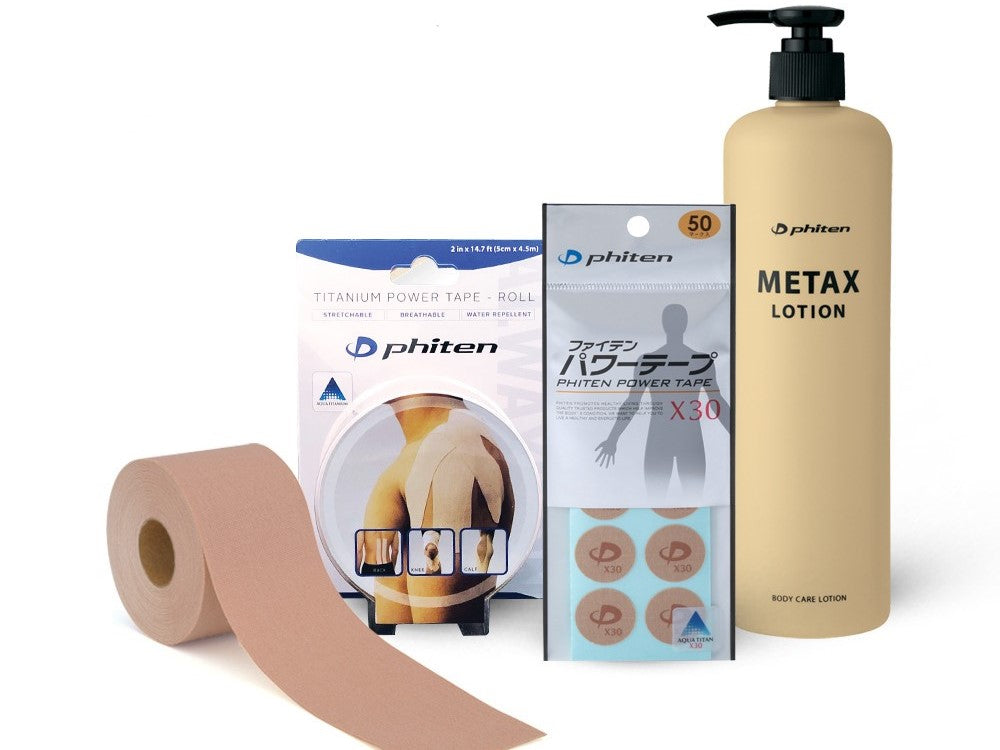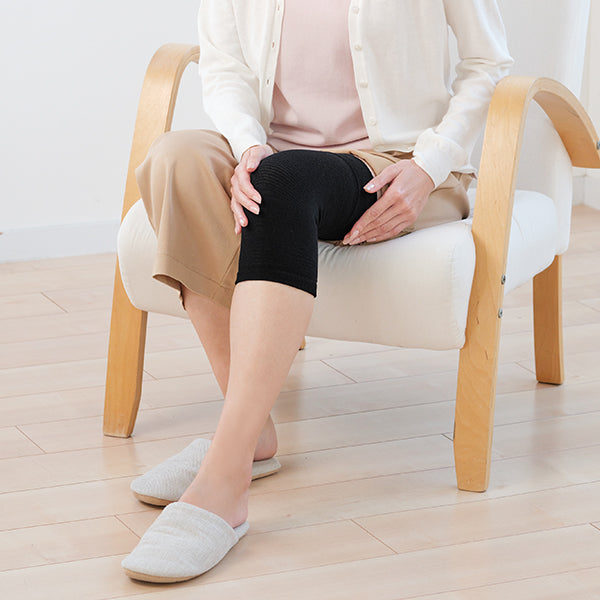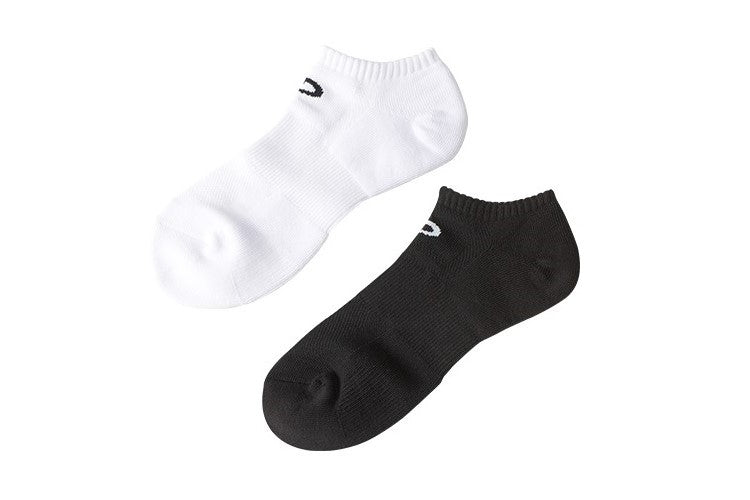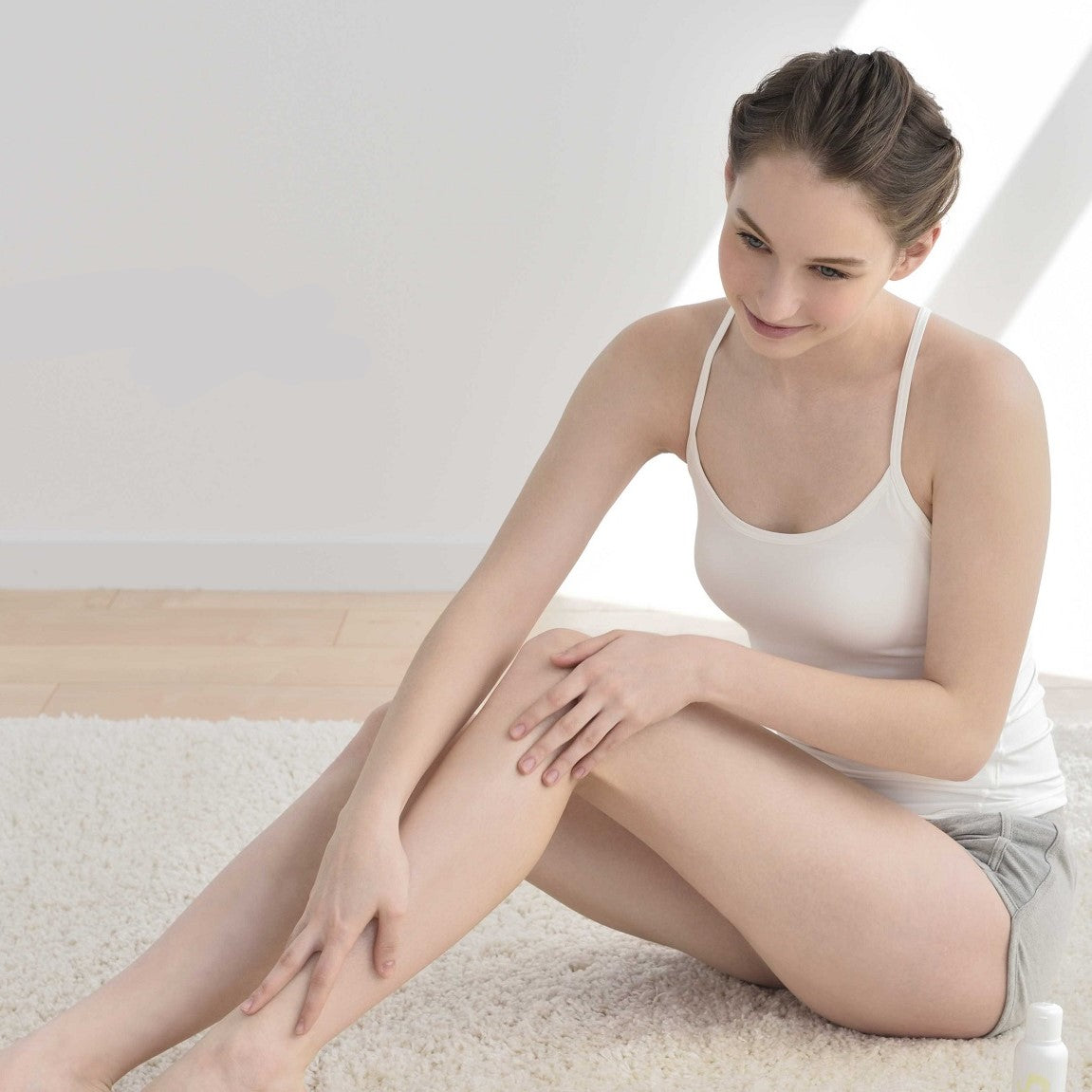UNDERSTANDING BAKER'S CYST: A COMMON CAUSE OF KNEE PAIN.
Welcome to another edition of PHITEN’s newsletter series on knee pain and its main causes. Today, we delve into Baker's cyst, a condition that affects many individuals and often leads to discomfort and restricted movement. We aim to shed light on the causes, the individuals most susceptible to it, and provide you with valuable prevention ideas.
What is Baker's Cyst and Why Does It Happen?
Baker's cyst, also known as popliteal cyst, is a fluid-filled swelling that develops at the back of the knee joint. It occurs when excess synovial fluid, a natural lubricant found in the knee joint, accumulates, and forms a cyst. The cyst typically bulges into the space behind the knee, leading to pain, stiffness, and a feeling of tightness.
Who Suffers from Baker's Cyst?
Baker's cyst can affect individuals of all ages, but it is more common among adults, particularly those aged 40 and above. It often occurs as a result of underlying knee conditions such as osteoarthritis, rheumatoid arthritis, meniscus tears, or cartilage injuries. Athletes and individuals who engage in repetitive knee movements or strain their knees frequently are also at a higher risk of developing Baker's cyst.
 Prevention Ideas for Baker's Cyst:
Prevention Ideas for Baker's Cyst:
While Baker's cyst may be challenging to prevent entirely, certain measures can help reduce the risk or minimize its severity:
1. Maintain a Healthy Weight: Excess weight places additional stress on your knees, increasing the likelihood of developing knee problems. By maintaining a healthy weight through regular exercise and a balanced diet, you can help protect your knees.
2. Strengthen Your Leg Muscles: Engaging in exercises that target your leg muscles, particularly the quadriceps and hamstrings, can provide better support to your knees and reduce the risk of knee injuries.
3. Practice Proper Knee Care: Avoid prolonged periods of kneeling or squatting, as these activities can strain the knee joint. When engaging in physical activities, ensure you use appropriate protective gear, such as knee braces or padding, to minimize the risk of injury.
4. Take Breaks and Rest: If you have a job or hobby that involves repetitive knee movements, ensure you take regular breaks to allow your knees to rest and recover. Overuse can lead to inflammation and increase the chances of developing Baker's cyst.
5. Maintain Flexibility: Incorporate gentle stretching exercises into your routine to maintain flexibility in the knee joint and surrounding muscles. This can help reduce stiffness and enhance mobility.
Symptom Checklist and Individuals Who Should Pay Attention:
If you experience any of the following symptoms, it's essential to consult a healthcare professional for a proper diagnosis and appropriate treatment:
□ Swelling or lump at the back of the knee
□ Knee pain, especially when bending or extending the leg
□ Stiffness or tightness in the knee joint
□ Limited range of motion or difficulty fully straightening the leg
□ Sensation of fluid or pressure behind the knee
Individuals who should pay particular attention to the symptoms above include those with a history of knee injuries, athletes, individuals with underlying knee conditions, and those aged 40 and above.
We hope that this edition of our newsletter has been informative and helpful in understanding Baker's cyst and its prevention. Stay active, keep exploring, and prioritize your wellness journey!
Disclaimer:
Please note that the information provided in this newsletter is for educational purposes only. It is not intended as a substitute for professional medical advice, diagnosis, or treatment. Always seek the advice of your physician or other qualified health providers with any questions you may have regarding a medical condition.
These statements have not been evaluated by the FDA. This product is not intended to diagnose, treat, cure or prevent any disease.
Individual results may vary significantly. Not all users will experience the intended benefits of Phiten products, and individuals must try for themselves to see whether it works for them.


